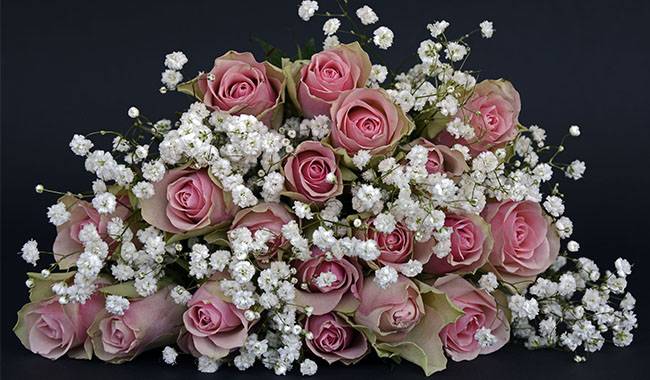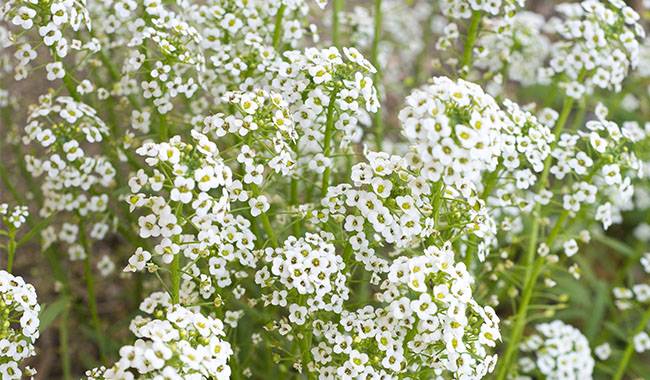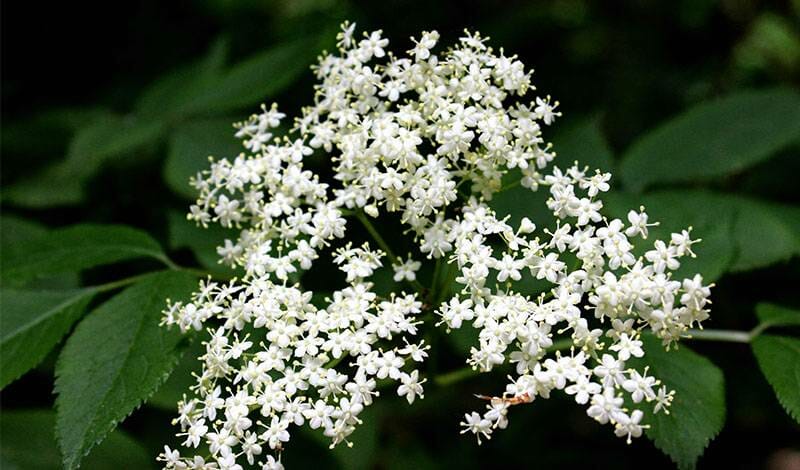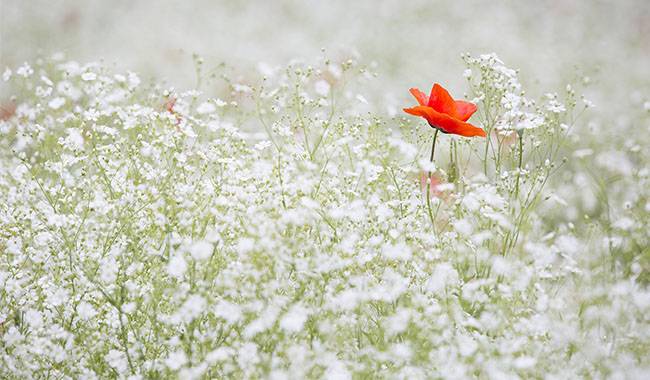
Baby’s Breath plant, we also call Tumbleweed or Gypsophila. Baby’s Breath is an herbaceous plant of the Carnation family. So how to grow baby’s breath as well as grow from seed, planting, and care, this article provides answers.
The foreign name of this plant translates to “love lime” because many species of this plant grow on limestone in nature. baby’s breath flowers more than one hundred species of shrubs, annuals, and perennials that grow in Eurasia, Northeast Africa, and New Zealand. Both annuals and perennials of Baby’s Breath (Gypsophila) can be grown in garden cultivation.
PLANTING AND CARE OF BABY’S BREATH
Planting: Annuals are sown in school beds in April and May, and seedlings are transplanted to a fixed location in September. Seeds of annual Baby’s Breath can be sown in school beds and under winter, and seedlings transplanted to a permanent place for the following spring. seeds of seedling perennials are sown in late March, and seedlings are transplanted to the open ground at the stage of formation of the third leaf.
Flowering: depending on the species – from May to September.
Light: Bright light, semi-shade.
Soil: dry, not very fertile, containing lime (pH 6.3-6.7), located in places with deep groundwater.
Watering: by the roots, only during prolonged droughts.
Fertilization: 2-3 times per season with alternating solutions of cow dung and complex mineral fertilizers. Fresh manure must not be used!
Propagation: by seeds and cuttings. Special varieties: by grafting and cuttings.
Insect pests: cystic or gall nematodes.
Diseases: gray rot, rust, bunting, stem base rot, viral jaundice.
BOTANICAL DESCRIPTION
Baby’s Breath (Gypsophila) has strong taproots and branched stems, almost leafless, prostrate or erect, reaching 8-20inch (20-50 cm) in height, but some semi-shrubby species can grow to 40inch (1 m) or even higher.
The leaves are small, entire, lanceolate, elliptic, or spatulate. Loose panicles, solitary or tomentose, consist of small white or whitish flowers with a greenish tinge, although some species (Gypsophila creeping or Pacific) have pinkish flowers. The fruit is a single ovoid or globular multigrain seed. baby’s Breath (Gypsophila) seeds remain germinating for two to three years.
GROWING BABY’S BREATH FROM SEED
How to Sow
The Baby’s Breath is propagated by the vegetative and seed methods. The annual Baby’s Breath (Gypsophila) is propagated only from seed, but there are some perennial varieties that are grown from seed. So, how to grow a Baby’s Breath from seed?
Annual Baby’s Breath is sown in the open in winter in a training (spreading) bed, and the seedlings are transplanted to a permanent location the following spring when they are stronger. Perennial Baby’s Breath growing seedlings – sow seeds in early spring in a nursery box to a depth of 0.2inch (0.5cm), cover the seeds with glass, and place in a bright, warm place.
SEEDLING CARE
When seedlings emerge a week or two after they are diluted to a distance of at least 6inch (15cm) between replicates, or plant one by one in a peat pot, then plant Baby’s Breath (Gypsophila) due to additional light, as it takes 13 to 14 hours of daylight for seedlings to develop properly, and in mid-spring, the time is still too short.
PLANTING BABY’S BREATH
When to plant
Planting perennial Baby’s Breath (Gypsophila) requires careful site selection, as perennial varieties can grow in one place for many years. where there is lime in the soil.
If your garden soil does not contain lime or has insufficient lime, apply 25-50 grams of calcium carbonate per square meter to give your plot a hydrogen index of 6.3-6.7.
Do not plant Gypsophila close to groundwater as it does not like too much moisture in the roots.
HOW TO GROW BABY’S BREATH (GYPSOPHILA)
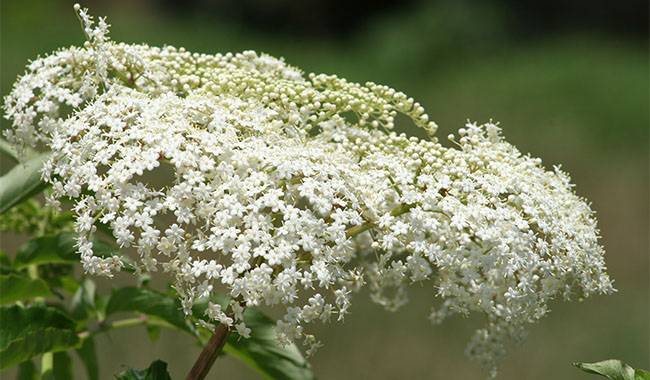
If Baby’s Breath is planted in two rows, maintain a minimum of 27inch (0.7m) clearance between specimens and 1.3m between rows. Make sure the root necks are not below the ground when planting. Water the planted plants.
After two years, dig up every other shrub so that there is only one shrub per square meter. After digging up, cool the roots and replant them elsewhere. This is done to add to the decorative nature of Baby’s Breath flowers, which are excellent in cuttings and as a decoration for composite bouquets.
Gypsophila blooms from seed when the plant has at least 12 pairs of leaves and reaches its best form after three years of planting.
CARING FOR BABY’S BREATH (GYPSOPHILA)
Even a beginner flower grower can take care of Gypsophila. it needs to be watered only when it is dry, on the roots. Fertilize, alternating organic and mineral fertilizers, 2 to 3 times a season.
PROPAGATION OF BABY’S BREATH
In addition to seed methods in the propagation of Gypsophila use also vegetative – cuttings, especially if we are talking about the propagation of plants of the terrier species. Planting material is cut from young shoots before the inflorescence begins to form – in May or late April, but it is also possible to take young cuttings in August.
The substrate for rooting should be loose, with some chalk.
Cuttings should be taken at a depth of 0.8inch (2cm) and rooted at a temperature of about 68°F (20°C). In addition, cuttings need 12 hours of light and 100% air humidity, which is achieved by building a greenhouse. When growing in the open, rooted cuttings can be used to give them time to root before autumn.
PESTS AND DISEASES
Baby’s Breath (Gypsophila) Baby’s Breath (Gypsophila) can be affected by gray rot and rust, as well as galls or cyst-forming nematodes, if not adequately maintained.
Nematodes can be treated by repeated sprays of phosphamidon 3-5 days apart, but if this does not help, you will have to dig up the plant and wash the roots with hot water at 122-131°F (50-55°C), as the nematodes will die at 104°F (40°C).
Spray Baby’s Breath with a contact fungicide – seedling killer mix, copper sulfate, starting with rust and gray rot.
PERENNIAL GYPSOPHILA AFTER FLOWERING
How and when to harvest seeds
In the fall, when the plants dry out, small capsules with Baby’s Breath seeds, similar to brown sand grains, appear instead of flowers. Cut them off and place them in a well-ventilated room to dry. Once opened, pour the seeds onto newspaper or paper to dry and refine, and store them in a paper bag or cardboard box once they are dry.
BABY’S BREATH (GYPSOPHILA) IN WINTER
Cut back the perennial Baby’s Breath in late fall, leaving 3-4 sturdy stems at the roots, and then cover the shrub remnants with dried leaves or hitchhikers for the winter in case there is no snow or the frost is too severe.




